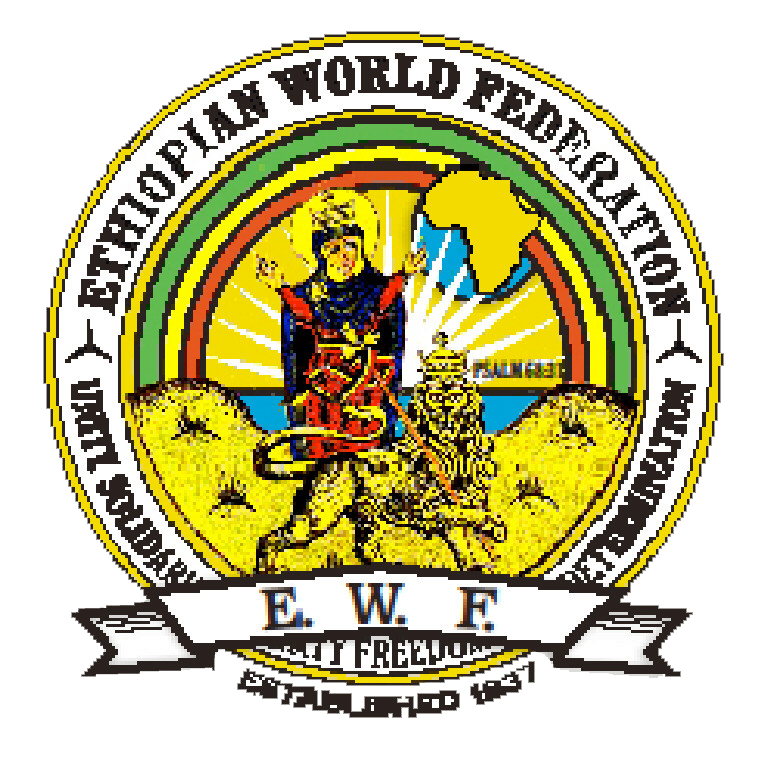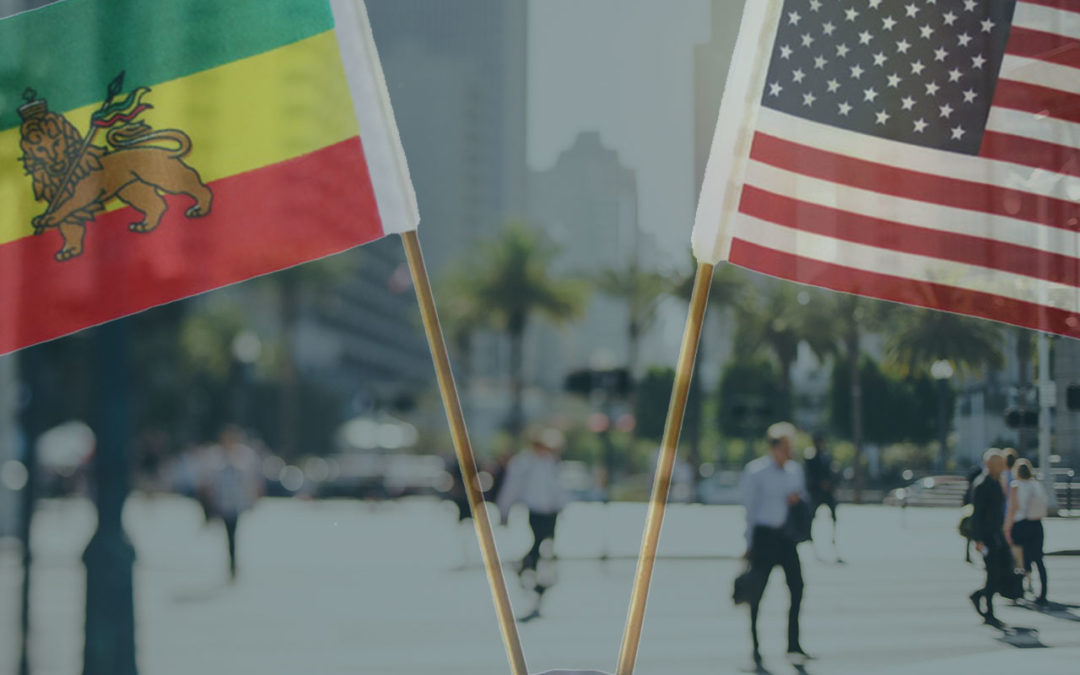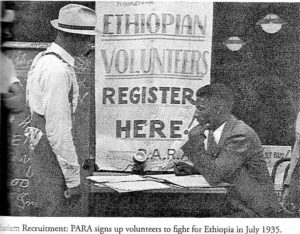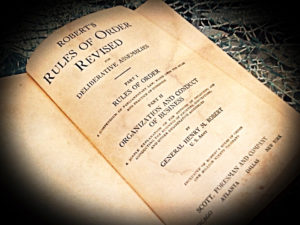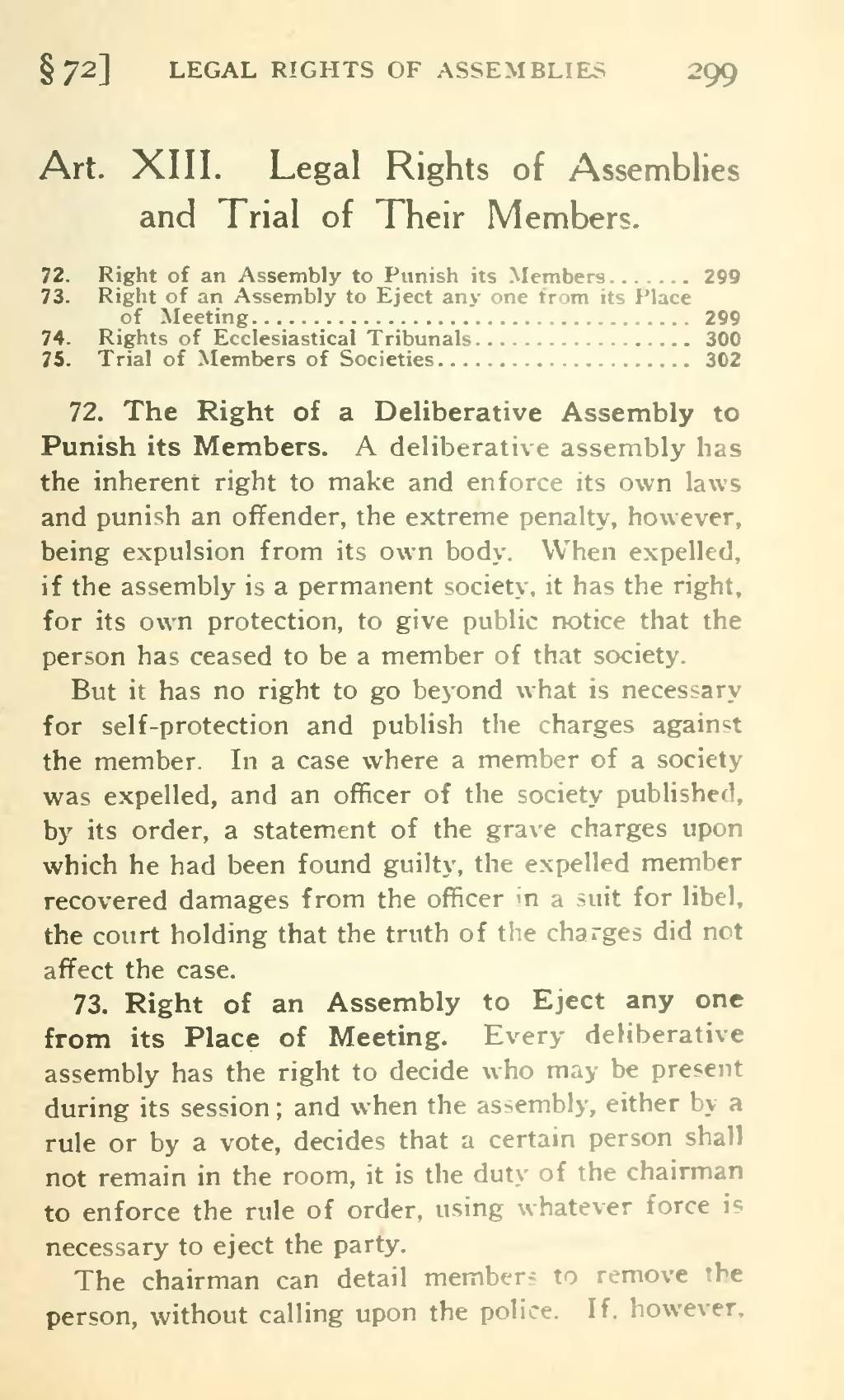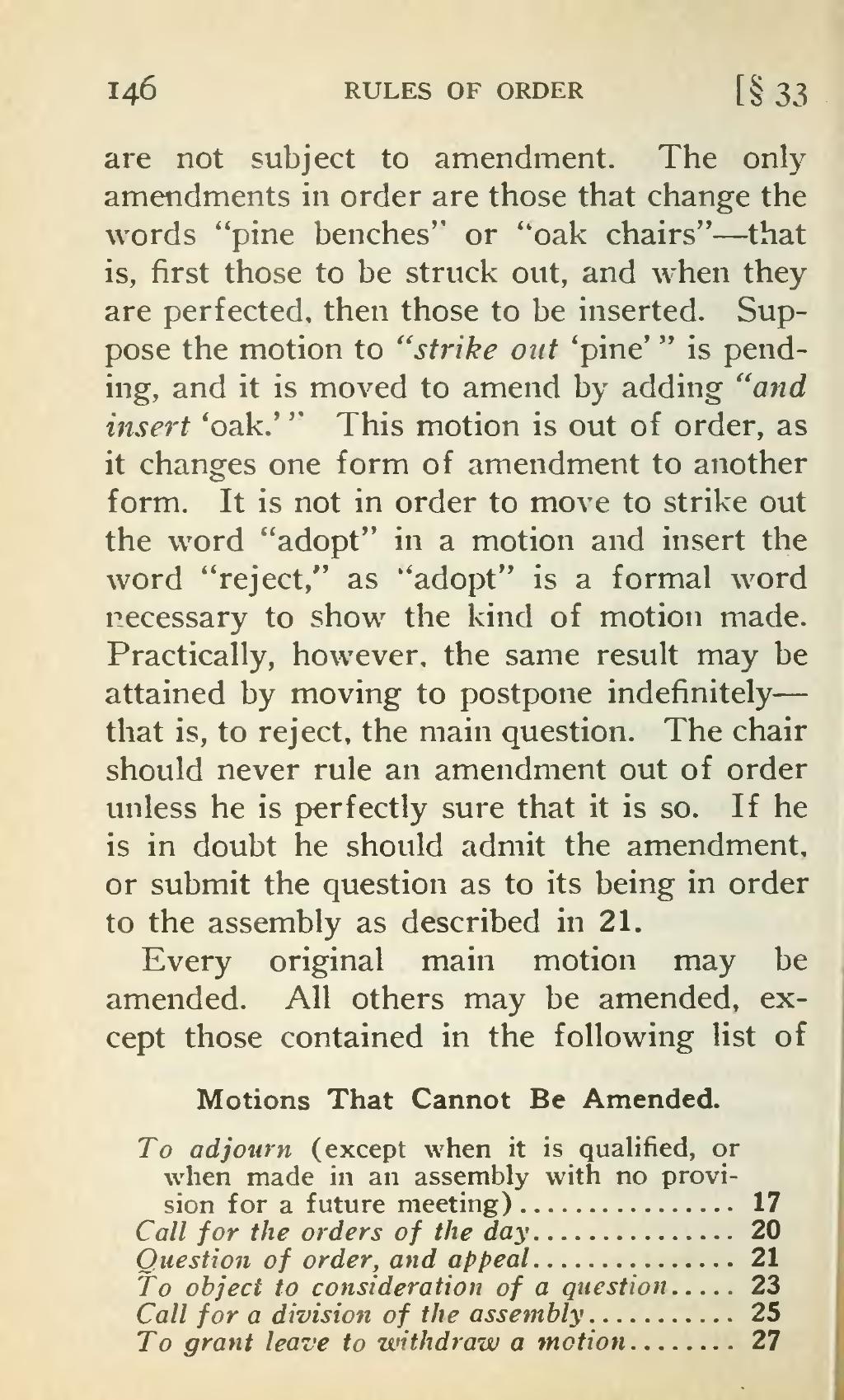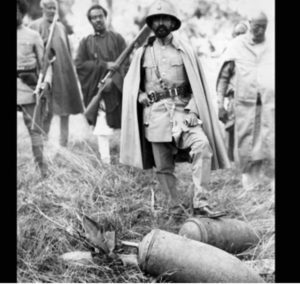A Historic Organization
By William R. Scott
Although it is not generally known, a considerable amount of the public interest, sympathy, and condemnation generated throughout the world by Italy’s blatant act of aggression against Ethiopia in October 1935 emanated from black communities in the United States. As the distinguished black historian, John Hope Franklin, has indicated, ” When Italy invaded Ethiopia, they (Afro-Americans) protested with all the means at their command. Almost overnight even the most provincial among the American Negroes became international- minded. Ethiopia was (regarded as) a Negro nation, and its destruction would symbolize the final victory of the white man over the Negro. “While widespread, Afro-American interest in the Italo-Ethiopian War was concentrated n Harlem, New York, longtime intellectual and cultural centre of Black America. It was mainly there that Afro-Americans, sometimes in conjunction with liberal and radical whites, organized dozens of groups designed to raise both moral and material assistance for the Haile Selassie government in the United States. Motivated largely by their racial identification with the Ethiopians and the long-standing symbolic importance of that country in the black American community, these pro-Ethiopian societies had succeeded by the winter of 1935 in mobilizing significant levels of moral, if not monetary, support for the Ethiopian cause.
The sad truth of the matter was that while there were substantial numbers of sympathetic Afro-Americans quite willing to contribute financially to the Ethiopian war effort, there were exceedingly few at the time who possessed the means to do so. The Great Depression of the 1930’s made it inordinately difficult, indeed impossible in perhaps most instances for an aroused but impoverished Afro-American people to assist materially the beleaguered Ethiopians. Nevertheless, there is evidence that, despite the increased economic constraints imposed upon them by heightened poverty, many Afro- Americans, enraged by Italy’s assault on the world’s last remaining bastion of black power, managed some- how to make small contributions to organisations purporting to be raising funds for the Ethiopian cause.
Admittedly, such donations were usually minute sums, but they should not be scoffed at or summarily dismissed as being of no significance. Taken as a whole, these amounts may well have attained an impressive total, which certainly would have been of some, if not decisive, benefit to the Ethiopians. Unfortunately, prior to 1937, when the newly created Ethiopian World Federation assumed official control of all fund-raising activities in the United States, only a limited percentage of even these modest contributions seems to have reached its proper destination.
From the very outbreak of hostilities, black embezzlers and racketeers sought to take advantage of Afro- American sympathy for the Ethiopian people. These criminals gave the public impression that they were collecting funds for Ethiopia’s defense, but in reality, of course, they were lining their own pockets. In addition, some responsible organisations and individuals may have engaged in faulty business practices or even have mis- managed funds.
To remedy this situation and more effectively coordinate the efforts of the myriad pro-Ethiopian or- generations in New York, a number of public-spirited black citizens in Harlem formed the Menelik Club some time during 1936. This very small but active group desired to integrate all of the existing Ethiopian aid societies into one organisation officially recognised by the Ethiopian authorities. To the surprise of many sceptics, the efforts of the club actually culminated in the sending of a black American delegation to England in the summer of 1936 to confer directly with the exiled Haile Selassie about financial matters.
The mission consisted of three prominent Harlem figures, all leaders of the black organisation known as the United Aid for Ethiopia: Reverend William Lloyd Imes, pastor of the prestigious St. James Presbyterian, Philip M. Savory, chairman of the Victory Insurance Company and co-owner of the New York Amsterdam News, and Mr. Cyril M. Philp, secretary of the United Aid. In August 1936, the trio sailed without fanfare for England.
